Plums are a beloved fruit for home gardeners and orchard enthusiasts alike. Among the many varieties, the Black Amber plum stands out for its exceptional taste, long shelf life, and robust growing characteristics. Known as the “King of Plums,” Black Amber delivers juicy, sweet, and richly flavored fruit that’s perfect for fresh eating, cooking, and preserves.
Inspired by the video “Best Variety of Plum | Black Amber | King of Plum | Juicy & Long Life Variety of Plum,” this blog post will guide you through everything you need to know about growing, caring for, and harvesting Black Amber plums. From site selection to pruning, pollination, and pest management, this guide ensures your plum tree thrives and produces abundant, high-quality fruit.
Introduction to Black Amber Plums
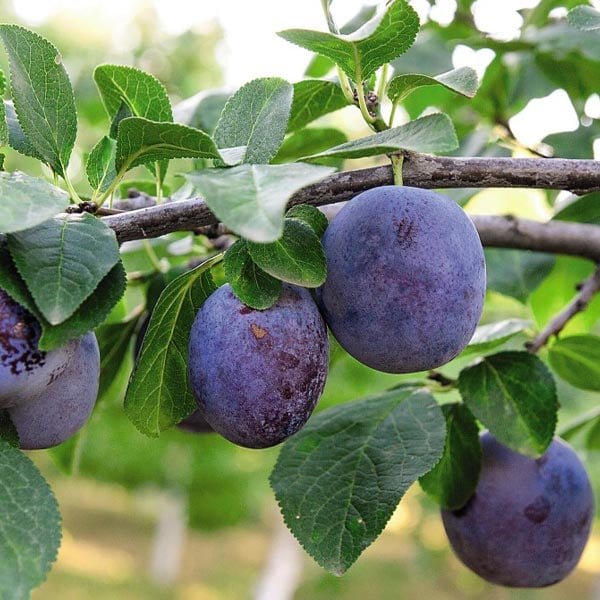
Black Amber plums are a late-maturing variety celebrated for their deep purple-black skin, amber flesh, and intense sweetness. This variety is known for its productivity, adaptability, and excellent storage capabilities.
Key Features:
- Fruit Appearance: Large, round plums with glossy black-purple skin and amber flesh.
- Flavor Profile: Sweet, juicy, and rich, with a balanced tartness that enhances the flavor.
- Tree Growth: Medium to large tree with an upright spreading habit.
- Pollination: Partially self-fertile, but yields improve with cross-pollination.
- Climate Preference: Temperate climates with mild winters and warm summers.
Black Amber is considered a “long-life” plum due to its extended storage ability, allowing harvested fruit to remain fresh longer than many other varieties.
Step 1: Selecting the Ideal Planting Site
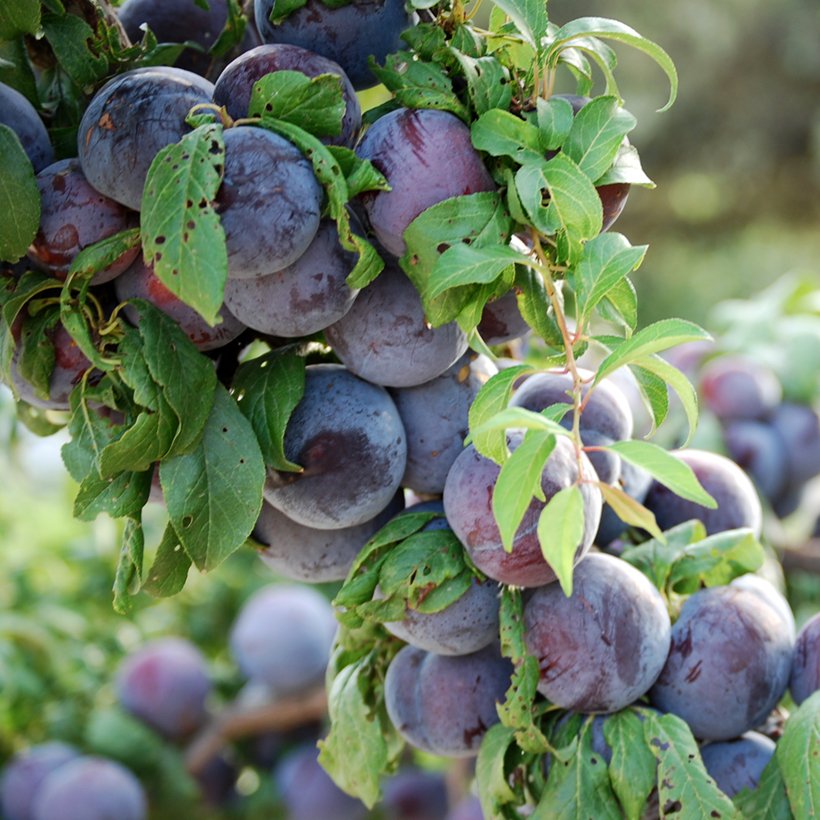
Choosing the right site is crucial for the health and productivity of a Black Amber plum tree.
Sunlight Requirements
- Black Amber plum trees need full sun, at least 6–8 hours per day.
- Adequate sunlight ensures sweeter fruit, better color, and higher yields.
Soil Requirements
- Well-draining soil is essential to prevent root rot.
- Loamy or sandy-loam soils enriched with organic matter are ideal.
- Soil pH should be slightly acidic to neutral, around 6.0–7.0.
Space Considerations
- Full-sized trees require 15–20 feet spacing between trees.
- Semi-dwarf varieties can be planted 10–12 feet apart.
- Proper spacing improves airflow, reduces disease risk, and ensures sunlight reaches all branches.
Step 2: Preparing the Planting Hole
Preparing the planting hole correctly ensures the roots establish well and the tree thrives:
- Dig a Hole: Approximately 2–3 times wider than the root ball and as deep as the root system.
- Loosen the Soil: Break up compacted soil at the bottom and sides to encourage root growth.
- Soil Amendment: Mix compost or well-rotted manure with soil to improve fertility and structure. Avoid over-fertilizing at planting, as young roots are sensitive to high nutrient levels.
Step 3: Planting Your Black Amber Plum Tree
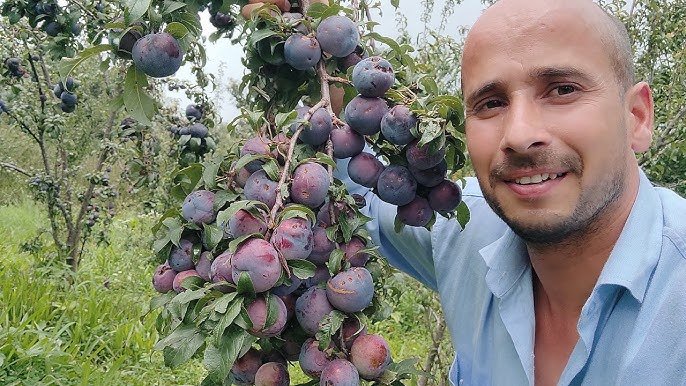
Positioning the Tree
- Place the tree in the center of the hole and spread roots evenly.
- Ensure the root flare sits slightly above soil level. Planting too deep can cause rot, while planting too shallow can dry out roots.
- Backfill gently with amended soil, pressing lightly to remove air pockets.
Watering at Planting
- Water thoroughly after planting to settle soil and hydrate roots.
- Keep soil consistently moist during the first few weeks to support root establishment.
Step 4: Mulching for Healthier Growth
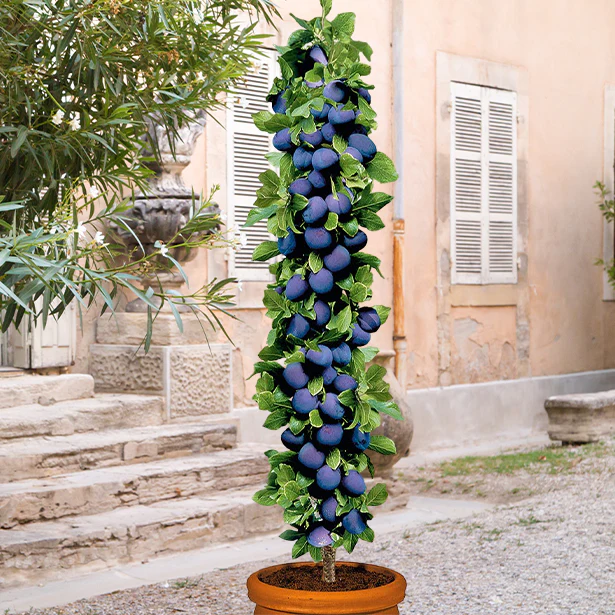
Mulching around the base of your Black Amber plum tree offers multiple benefits:
- Moisture Retention: Keeps soil evenly moist and reduces stress on young roots.
- Weed Control: Minimizes competition for nutrients and water.
- Soil Temperature Regulation: Protects roots from extreme heat or cold.
- Nutrient Supply: Organic mulch breaks down over time, enriching the soil.
Mulching Tips
- Apply 3–4 inches of wood chips, straw, or shredded bark around the tree base.
- Keep mulch 4–6 inches away from the trunk to prevent rot.
Step 5: Pruning and Tree Training
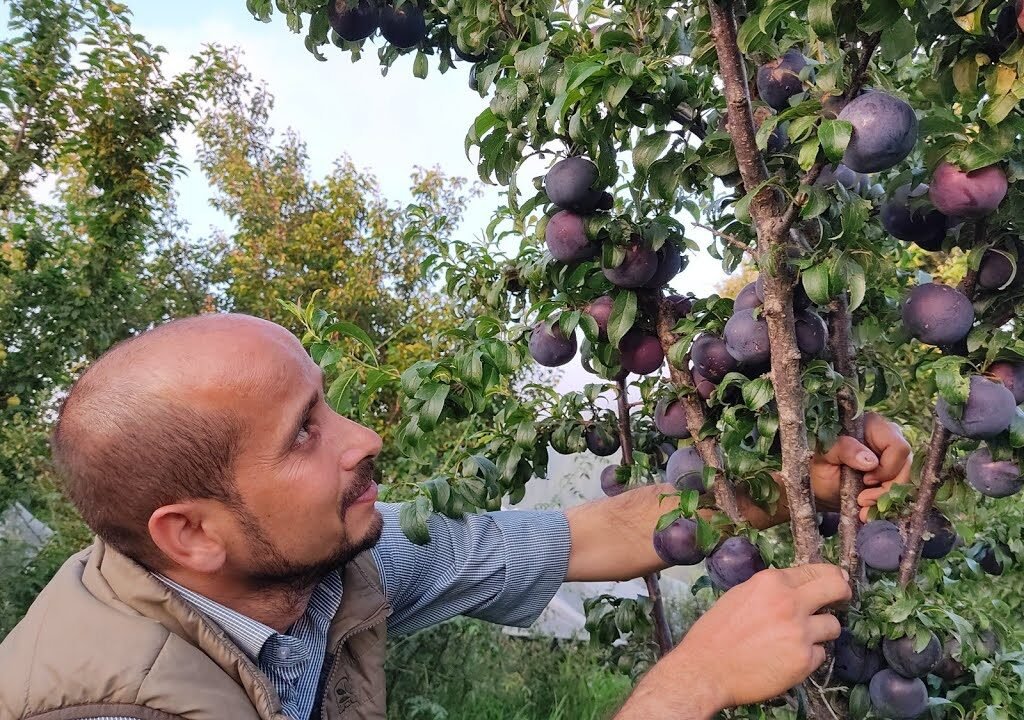
Pruning is essential to shape the tree, promote fruiting, and maintain tree health:
First-Year Pruning
- Remove broken or damaged branches at planting.
- Shorten the central leader slightly to encourage lateral growth.
- Remove inward-growing or crossing branches to prevent overcrowding.
Long-Term Structure
- Black Amber plums benefit from an open-center or vase-shaped canopy, allowing sunlight penetration and good airflow.
- Annual winter pruning removes dead, diseased, or weak branches and improves fruit quality.
Step 6: Watering and Fertilization
Consistent watering and nutrition are critical for young and established Black Amber plum trees:
Watering
- Water deeply 1–3 times per week, depending on soil type and climate.
- Ensure soil is moist but not waterlogged.
- Reduce watering in rainy periods to prevent root disease.
Fertilization
- Apply a balanced fertilizer (e.g., 10-10-10) a few weeks after planting.
- Use organic amendments like compost, seaweed extract, or aged manure to improve soil health.
- Avoid over-fertilizing, which can lead to excessive leafy growth and reduced fruiting.
Step 7: Pollination Considerations
Black Amber plum trees are partially self-fertile, but cross-pollination improves fruit set and quality:
- Compatible pollinators include Santa Rosa, Methley, or Satsuma plums.
- Place pollinator trees within 50 feet for optimal pollen transfer.
- Encourage bees by planting flowering companion plants nearby.
Step 8: Pest and Disease Management
Plum trees, including Black Amber, are susceptible to several pests and diseases. Proactive management ensures a healthy, productive tree:
Common Pests
- Plum Curculio: Lays eggs in developing fruit; organic sprays or traps help control it.
- Aphids: Cause leaf curling and weaken growth.
- Birds: Ripe plums attract birds; netting protects the harvest.
Common Diseases
- Brown Rot: Fungal disease affecting blossoms and fruit; prevent with pruning and fungicides.
- Bacterial Spot: Causes leaf and fruit lesions; managed with copper sprays and proper sanitation.
- Powdery Mildew: White coating on leaves; controlled with sulfur or potassium bicarbonate sprays.
Regular inspection, pruning, and maintaining tree health reduces the risk of pest and disease damage.
Step 9: Harvesting Black Amber Plums
Black Amber plums typically start producing fruit 2–4 years after planting, depending on rootstock, climate, and care.
Harvest Indicators
- Fruit is fully colored, deep black-purple on the outside with amber flesh inside.
- Fruit yields slightly to gentle pressure, indicating ripeness.
- Taste-testing is the best way to ensure optimal flavor.
Harvesting Tips
- Pick plums carefully to avoid bruising.
- Use gentle hand-picking or scissors for fruiting branches.
- Harvest in the morning when temperatures are cooler to maintain firmness and freshness.
Step 10: Post-Harvest Care and Maintenance
Proper care after harvest ensures continued health and productivity:
- Watering: Maintain consistent moisture, especially after fruiting.
- Fertilization: Apply balanced fertilizer in late summer or early fall to support next year’s growth.
- Pruning: Remove dead or diseased branches and thin the canopy to improve sunlight penetration.
- Mulching: Refresh mulch annually to protect roots and retain soil moisture.
Bonus Tips for Backyard Gardeners
- Container Planting: Semi-dwarf Black Amber varieties can thrive in large pots with well-draining soil.
- Winter Protection: Protect young trees from frost using frost cloth or wind barriers.
- Pollinator-Friendly Garden: Plant flowers that attract bees to improve fruit set.
- Fruit Thinning: Remove excess fruit when clusters are too heavy to improve size and quality of remaining plums.
Final Thoughts
The Black Amber plum is a long-life, high-quality variety that delivers juicy, flavorful fruit and thrives in temperate climates. Planting and caring for this tree requires attention to site selection, planting techniques, pruning, watering, fertilization, and pest management.
Key takeaways:
- Select a sunny, well-draining site with appropriate spacing.
- Plant carefully, ensuring the root flare is above soil level.
- Apply mulch and prune to establish a strong, open canopy.
- Water consistently and fertilize appropriately.
- Monitor for pests and diseases and protect fruit during harvest.
With careful planning and dedicated care, your Black Amber plum tree will become a productive centerpiece of your garden, providing sweet, juicy plums for fresh eating, cooking, and preserving for years to come.
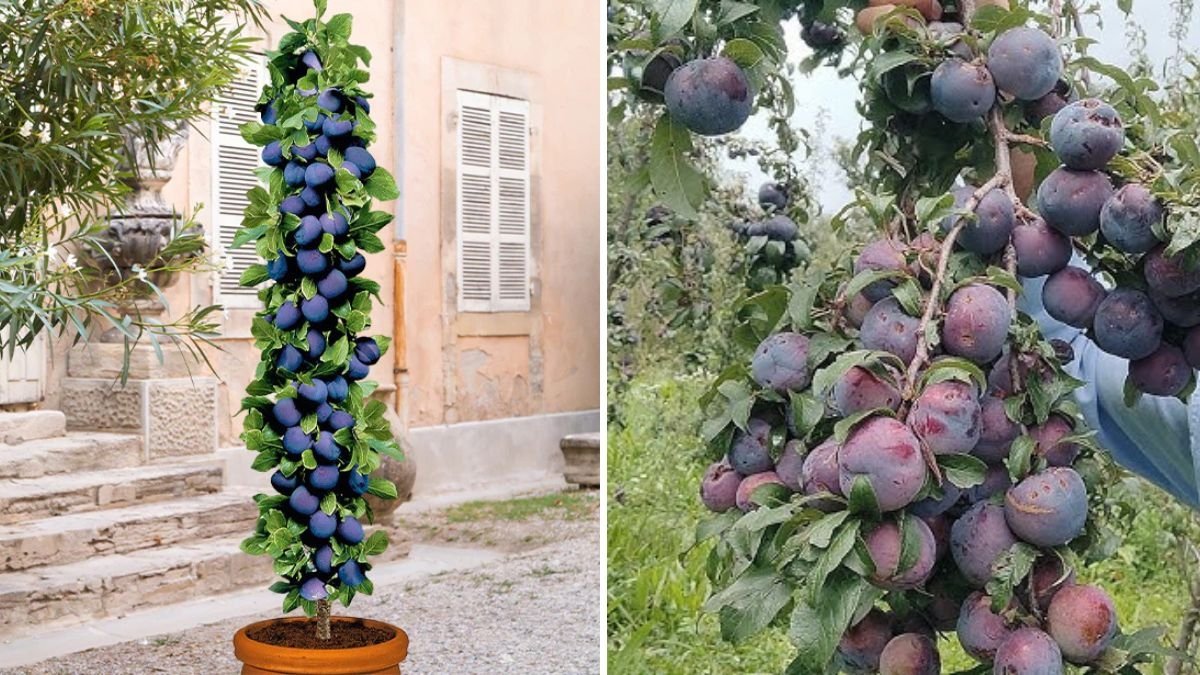
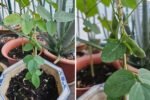
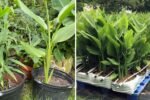
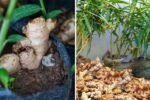


Leave A Comment